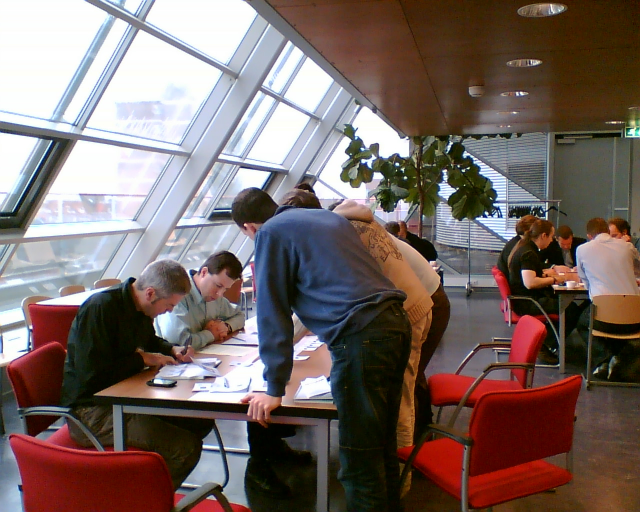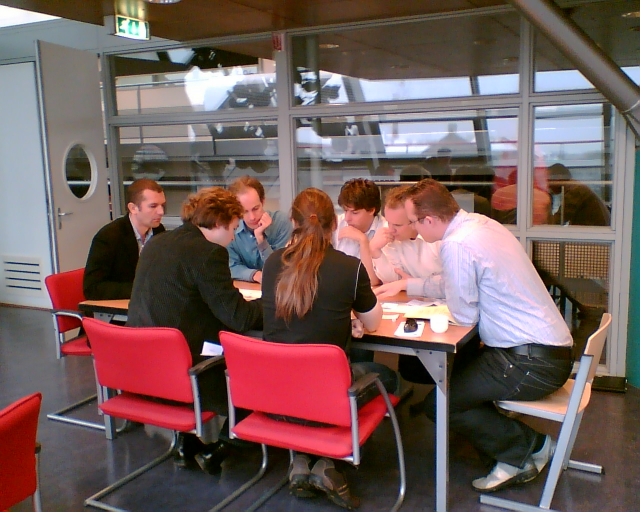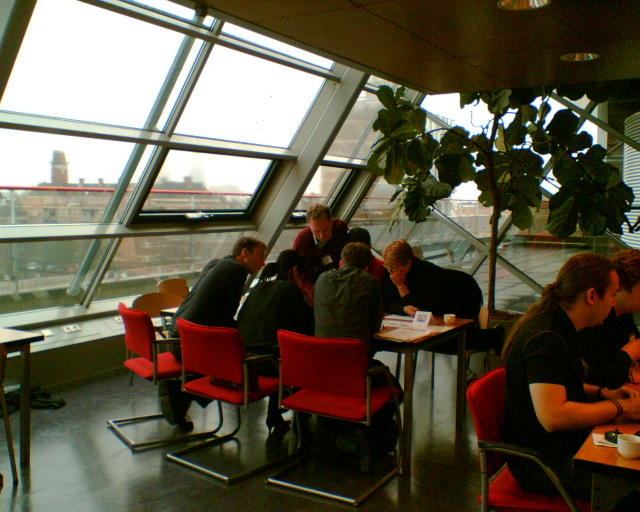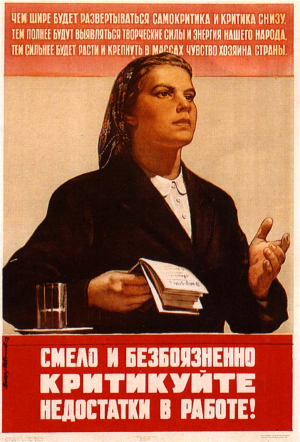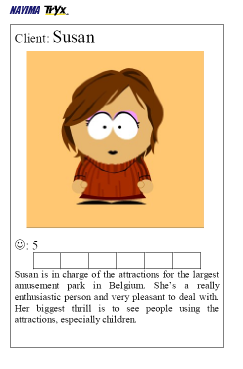Good morning Helsinki
I flew into gray and rainy Helsinki yesterday and met up with Willem and Marc to go to Helsinki Marina, where the first Scandinavian Agile conference will be held. This is the first edition of the conference and they are already sold out with 250 participants. The night before the conference, organizers and speakers have discussions, dinner and drinks. Not too many drinks, because I have to “work” tomorrow: in the afternoon Markus, Marko and I will run a Business Value Game.
Morning sessions
The day kicks off with a keynote by Gabrielle Benefield about the introduction of Scrum in Yahoo. Many of the lessons learned sound very familiar:
- Go deep Agile with a few of the most important teams, rather than spread Agile thinly over a lot of teams.
- Technical excellence, attention to quality and good engineering practices are essential.
- Grow slowly with teams that volunteer. Don’t overstretch your coach capacity.
- Involve management. Inform, address fears and explain “what’s in it for them”.
- There will always be people who don’t like or want Agile.
- Don’t just change the process; change the structure of the company.
- Bribe people with snacks.
Next up is Bjarte Bogsnes‘ session called “A journey beyond budgeting – because the future ain’t what it used to be”. The talk is about budgeting and management at Statoil Hydro and several other companies. The key principles of “Beyond Budgeting” are
- Performance is about outperforming peers.
- Do the right thing based on values, principles and sound business judgement.
- Resources are allocated case-by case. No big-bang budget allocation process once a year.
- Business follow up is forward looking and action-oriented.
- Performance evaluation is a holistic assessment of delivery and behaviour. Did we get the right results in the right way?
Traditional budgeting ties three activities together: forecasting, setting targets and resource allocation. There will always be conflicts among these activities. Statoil separates the three. A forecast is not a target or commitment. A forecast is a call to action, it gets issues on the radar screen as soon as possible.
Designing KPIs that reward correct behaviour is hard. Statoil uses two principles: connect input with output (what’s the yield in new oild fields vs eploration cost?) and compare with others (where is Statoil in the “league table” of oil companies?). Individual goals and bonuses can skew behaviour, so use with caution.
The whole model is based on trust and regular follow up. It seems this provides a budgeting and management model that is compatible with Agile values and principles. Except for the individual goals and bonuses…
More info on the Beyond Budgeting Roundtable.
Next, Lasse Koskela and Jukka Lindström hold a mock-debate between Scrum Iterations and “iteration-less” Kanban.
Afternoon
The Business Value Game is up next. I’ve prepared 7 sets of game props. With 6-7 people per team, we should be able to accomodate up to 50 participants. More than 60 people turn up. I’ve never run the game with so many teams and so many people. Luckily Markus and Marko are ready to help after a crash course in Business Value Game coaching.
The first two rounds, where I explain how the game works and the teams learn to work together, are noisy and difficult to control with so many people. Gradually, people learn to work together and they work more and more effectively. After every two iterations we hold a short standup retrospective to share lessons learned between the teams. At the end of the game participants reflect on how their company prioritises (or fails to prioritise) projects. At the end there are lots of smiling faces and people ask for more information about this and other games. Have a look on my site for a partial list of games. There are more to come. All of those games are available with a Creative Commons license. Download them, customize them, play them and let us know what happened and how we can improve the games.
Evening
The day ends with a panel discussion about “Agile in Scandinavia”. Most of the questions and issues sound very familiar are are not specific to Scandinavia.
The conference ends with drinks, snacks and conversations.
The conference is a real success with so many people for a first organisation. Well done Agile Finland!

